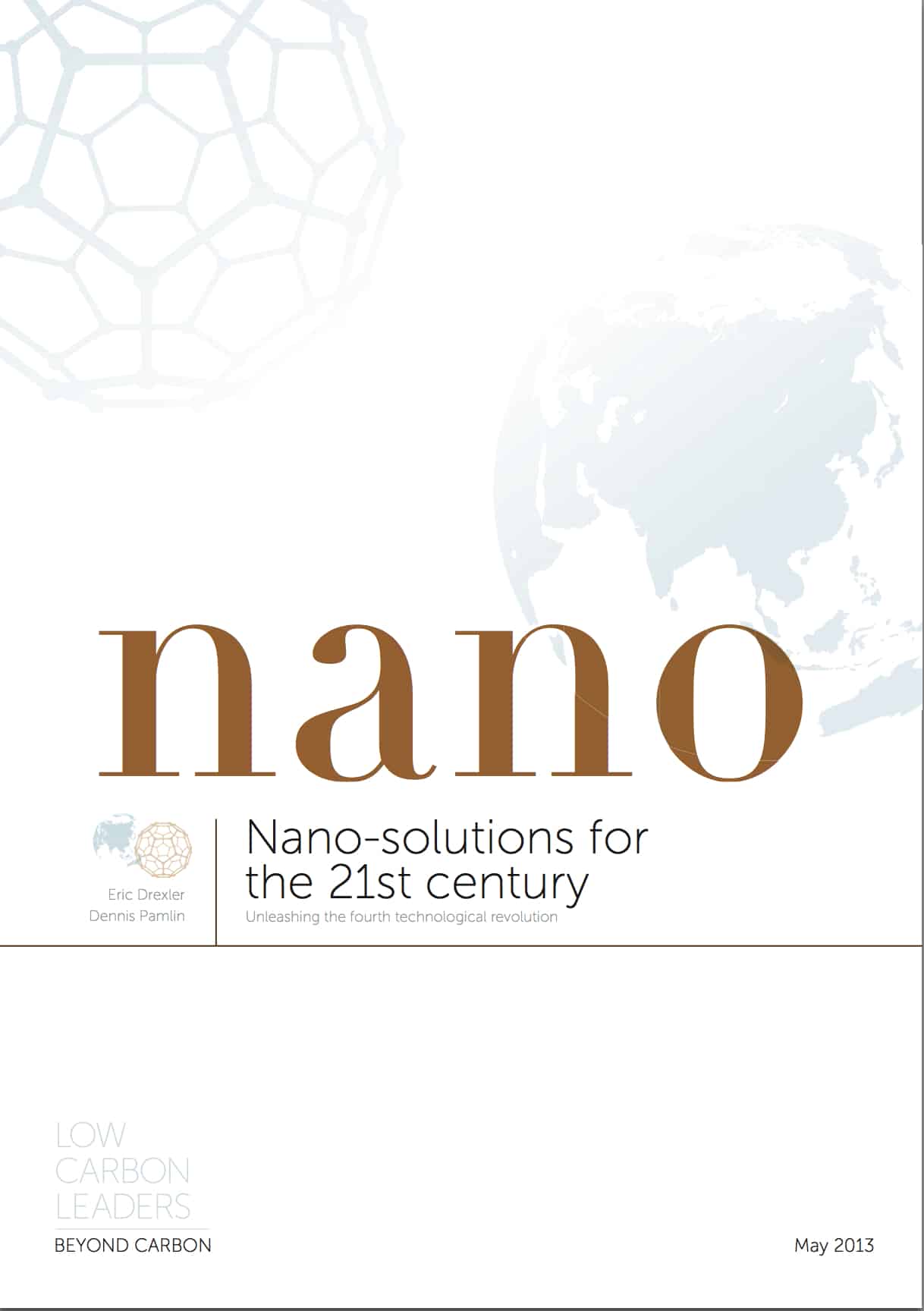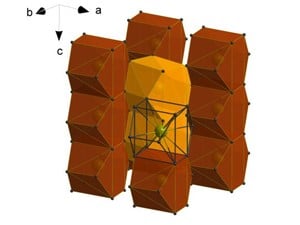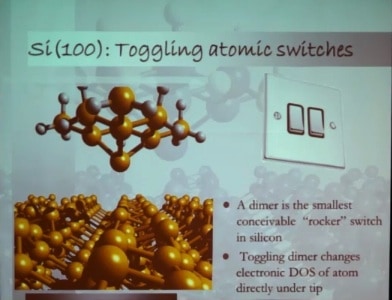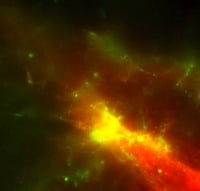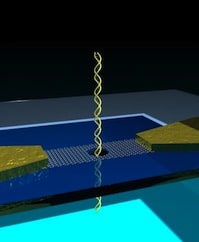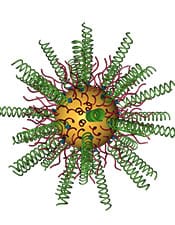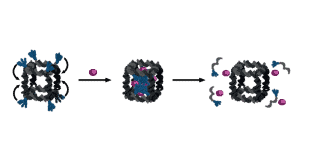A study of RNA structures actually present in cells reveals that cells spend energy restricting thermodynamically driven RNA folding so that fewer RNA structures are found in cells than in test tubes.
RNA nanotechnology – fewer structures in living cells than in test tubes

